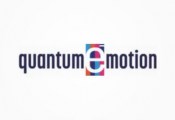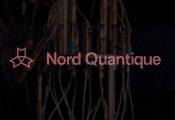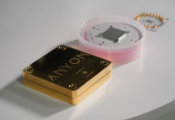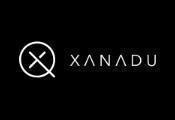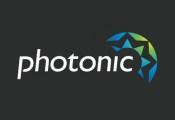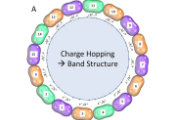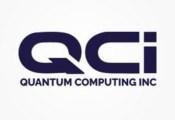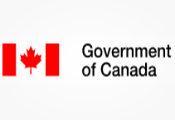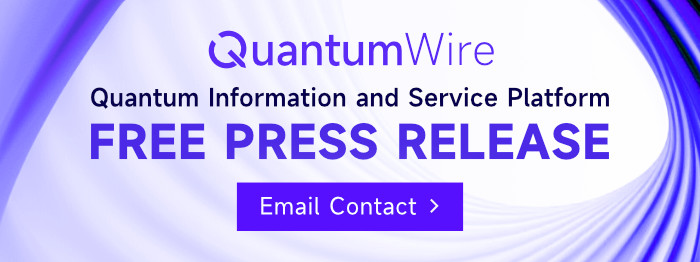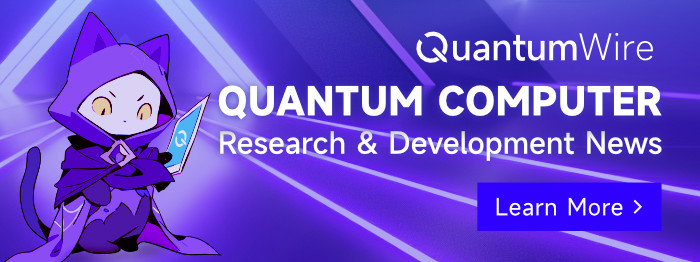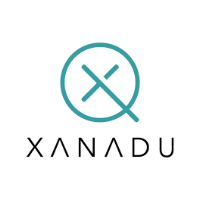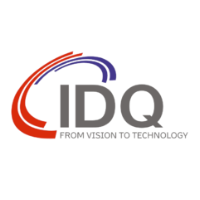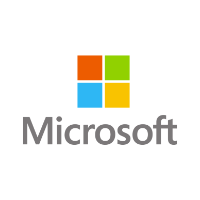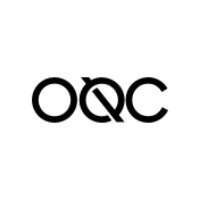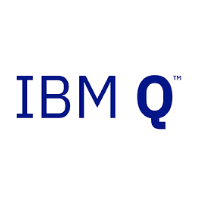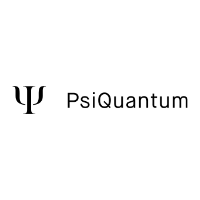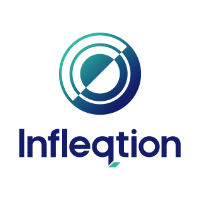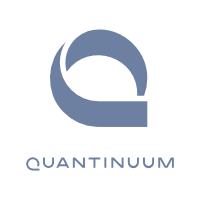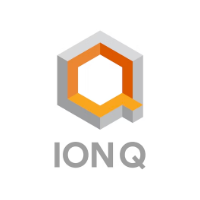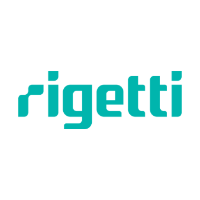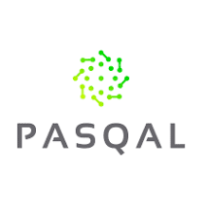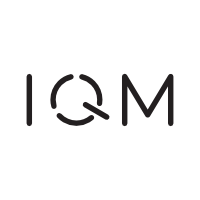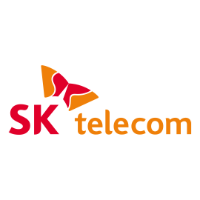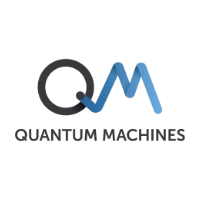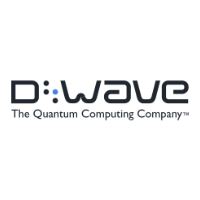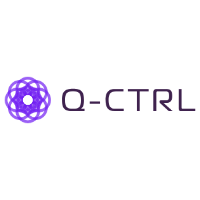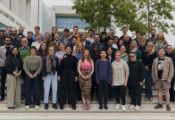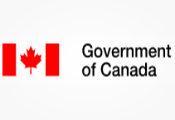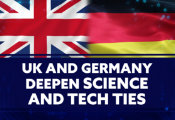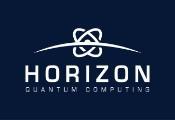Q-CTRL Achieves Computational Gains in Generation of Long-Range Entanglement Enhanced by Error Detection
LOS ANGELES, California, May 29 2025 -- Q-CTRL, the global leader in quantum infrastructure software, announced two record-setting demonstrations that redefine what can be achieved with long-range entanglement generation. These results, captured in the company’s paper published in PRX Quantum, showcase a novel approach to boosting the performance of quantum computers by combining error suppression techniques with error detection, a central building block of quantum error correction.
Quantum error correction (QEC) is a foundational technique that protects fragile quantum information from errors caused by noise and hardware imperfections, making it essential for scalable, reliable quantum computing. Progress in experimental QEC demonstrations has been rapid; however, fully error-corrected calculations remain difficult to implement on today’s hardware, often delivering limited performance gains at high resource costs.
Similarly, generating large-scale quantum entanglement – a key resource for quantum computing and communication – has remained a significant challenge due to noise and device constraints. Entanglement is part of the ‘secret sauce’ of quantum computers, but it is also one of their most difficult properties to create and maintain. In the future, many quantum algorithms will rely on entanglement to perform computation.
Previous demonstrations of large-scale entangled state preparation often relied on logical encoding, leading to a high overhead in both qubit count and shot count due to a large discard rate. In this work, Q-CTRL has overcome both hurdles through a strategic application of QEC primitives without logical encoding, yielding significant advantages on superconducting processors while only requiring a modest overhead.
The team at Q-CTRL presents two key demonstrations by leveraging error-detection strategies:
The first sets a new state-of-the-art in the implementation of a long-range CNOT gate using a novel teleportation protocol based on unitary preparation of a GHZ state, followed by a unitary disentangling step. This approach has the advantage that the final state of the disentangled qubits reveals errors that have occurred during the application of the gate.
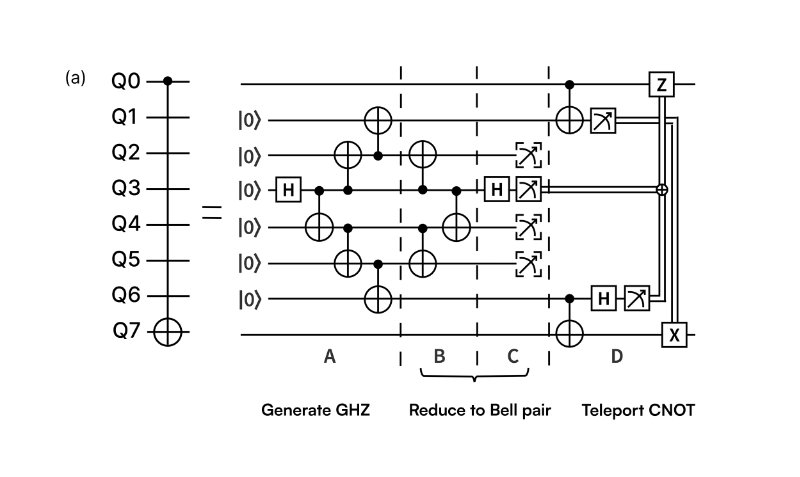
Second, Q-CTRL generated large GHZ states using a protocol that allows for the integration of sparse error detection through ancillary stabilizer measurements. In quantum computing, a Greenberger–Horne–Zeilinger (GHZ) state is a special type of entangled state involving three or more qubits that are perfectly correlated across all qubits.
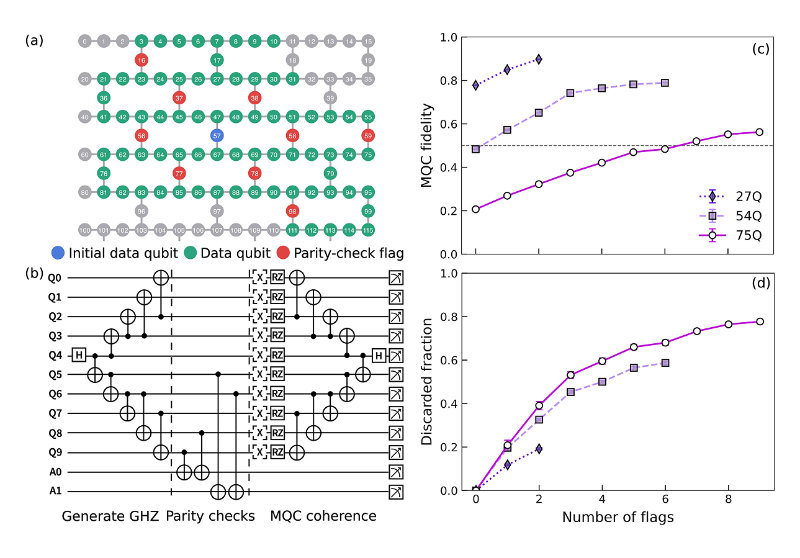
Most other methods discard almost all shots at large scales, whereas Q-CTRL observes a comparatively low discard rate, where over 80% of the shots are kept in the case of generating a 27-qubit GHZ state and over 21% in the 75-qubit state. These results demonstrate that incorporating QEC primitives on the physical level can deliver a substantial net improvement in the capability of a near-term quantum computer relative to the best alternative.
These record-setting results underscore Q-CTRL's commitment to fundamental research that makes quantum technology useful today. With limited qubit and runtime resources in the near term, it is helpful to consider the adoption of low-overhead quantum error correction (QEC) subroutines on the physical level without the need for QEC encoding. By combining error suppression and error detection, this novel paradigm is a step toward useful quantum computing and represents a new building block to the growing quantum error-reduction toolkit. These achievements contribute directly to the global effort to build more robust and powerful quantum computers, accelerating the timeline for achieving quantum advantage.

